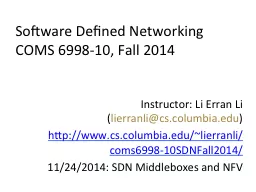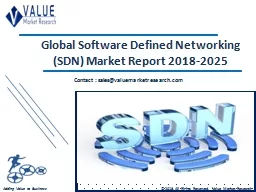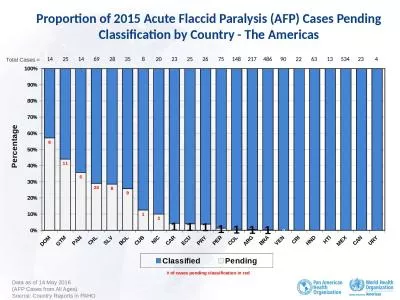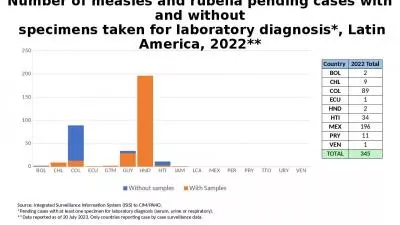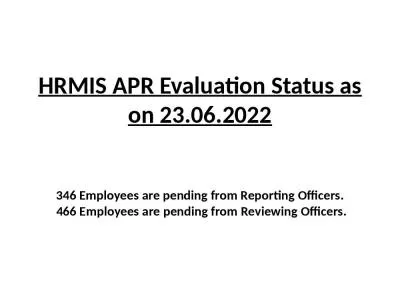PPT-On Pending Interest Table in Named Data Networking
Author : stefany-barnette | Published Date : 2016-06-15
Huichen Dai Bin Liu Yan Chen Yi Wang Tsinghua University China Northwestern University USA Outline Background of Named Data Networking NDN Pending Interest
Presentation Embed Code
Download Presentation
Download Presentation The PPT/PDF document "On Pending Interest Table in Named Data ..." is the property of its rightful owner. Permission is granted to download and print the materials on this website for personal, non-commercial use only, and to display it on your personal computer provided you do not modify the materials and that you retain all copyright notices contained in the materials. By downloading content from our website, you accept the terms of this agreement.
On Pending Interest Table in Named Data Networking: Transcript
Download Rules Of Document
"On Pending Interest Table in Named Data Networking"The content belongs to its owner. You may download and print it for personal use, without modification, and keep all copyright notices. By downloading, you agree to these terms.
Related Documents


